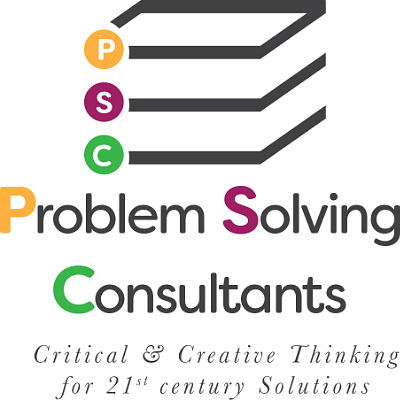I attended a meeting today during which the question arose as to how to make the educational experience more meaningful to students. With subtle filter in place, I offered the idea that as faculty, we need to help our students deal more effectively with failure. Why is that?
Well, not everyone is going to get a participation trophy for simply registering for class. (At least I hope not.) I know things have changed since I was last in undergraduate school. But I think it’s still required that students participate in class discussions and activities, do well on exams, quizzes, etc., and turn in required assignments on time that meet the academic standards for whatever school they’re attending. College should prepare students for the real world of being an adult – a responsible adult. In the real world, we don’t usually have someone telling us when to go to work, how to dress, how to do every assigned task, etc. If someone has a job where the supervisor looks over the shoulder of every single employee, pointing out when they’re making a mistake and taking the time to correct that mistake for them, and the employee is still getting paid (on top of keeping his/her job), please tell me where I send in an application.
Failure is not a horrible thing. Think of it as an opportunity to learn from our mistakes and improve our skills. Certainly it hurts the ego when we fail. For all those former students out there who sailed through high school with straight A’s, remember how it felt when you received your first ever B or C in college? Once the shock passed, what was the result? More than likely it was a higher level of motivation and effort so the B or C was quickly overwhelmed with A’s again. I don’t think we’re doing our younger generation any good by awarding them prizes for simply showing up. Life requires more than that. It requires a commitment to do our best each and every time. Remember that success is usually the result of hard work.
